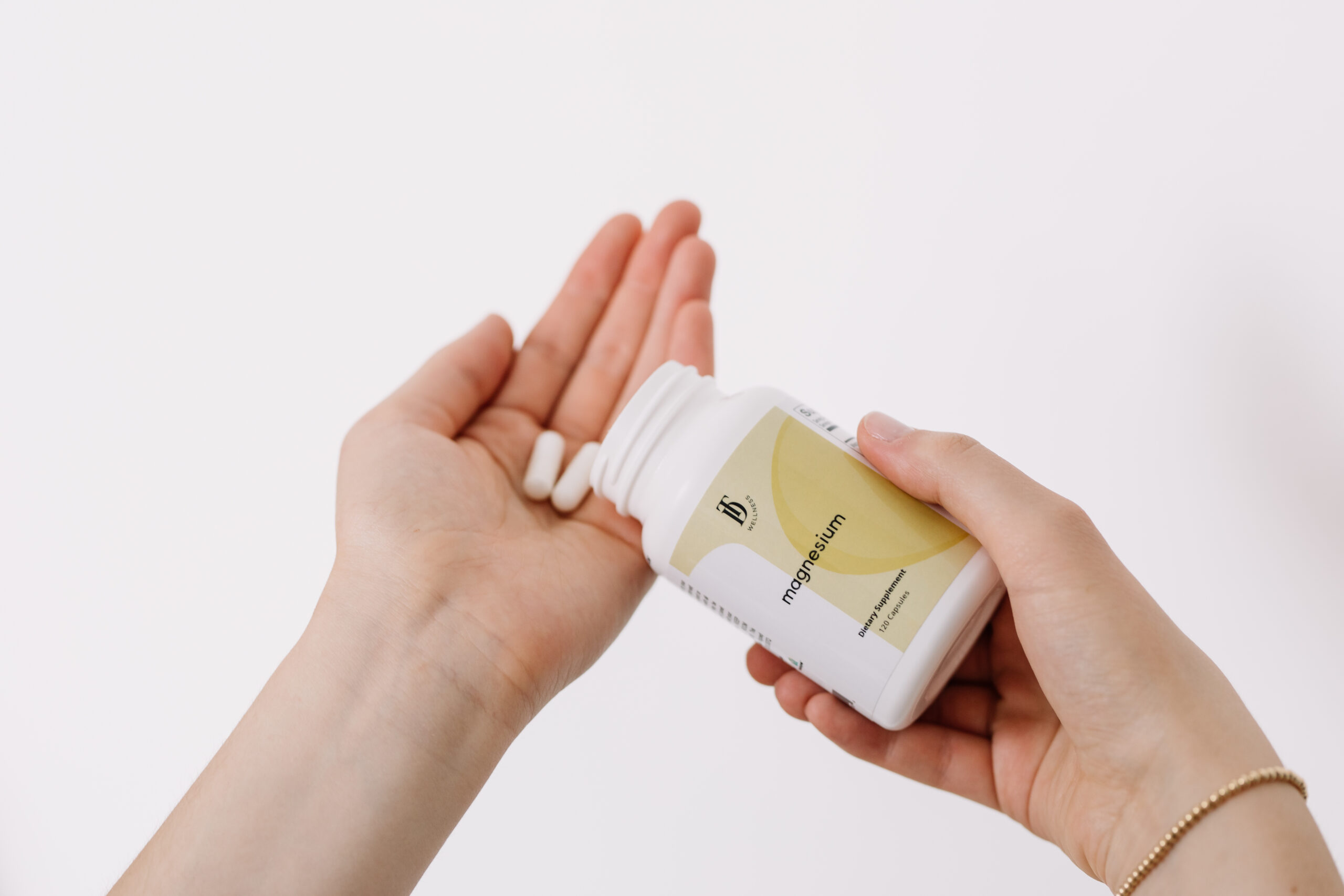Do you have to drag your body out of bed every morning? Then when bedtime rolls around, you find yourself scrolling through Instagram until midnight because you can’t sleep?
Does this never-ending cycle sound all too familiar? It may be because your circadian rhythm is disrupted!
I’ll explain how to reset your circadian rhythm, so your body can start working for you instead of against you.
First, what is your circadian rhythm, anyway?
Your circadian rhythm is basically your body’s internal alarm clock. It tells you to get your butt out of bed in the morning and prepares your body to wind down to prepare for bed.
While you may know about the circadian rhythm from its impact on sleep, your circadian rhythm also plays a significant role in your immune response, memory consolidation, eating habits, and even hormone release.
Just like many of nature’s flows and rhythms, your body is no exception! You need to have a well-operating internal clock to bring your best energy, optimized mental clarity, enhanced stress response, elevated moods, and better health all around!
What Determines Your Circadian Rhythm?
Your circadian rhythm is highly influenced by the light that your eyes come in contact with. This light then signals to your suprachiasmatic nucleus (SCN) in your brain that it’s daytime, telling your body to wake up!
Your SCN can regulate the production of melatonin and cortisol from the information it receives about incoming light.
Daylight
When you see the natural sunlight, it signals to your brain to get moving in the daytime. It gives you that boost in the morning to get productive and ready for the day.
Internally it does this by increasing your cortisol levels in the morning. Your cortisol levels should peak around 7 am and then slowly decrease over the course of the day and be lower when it’s time for bed.
Evening light
As the day goes on and the sun sets, your body doesn’t receive those light cues anymore. This tells your body to start calming down. Your cortisol levels should be lower at this time, and your melatonin should start to rise.
Melatonin, which can help you sleep at night, also protects your heart since it has anti-inflammatory, antihypertensive, and antioxidant properties. Crazy, right?
However, if you are waking up in the middle of the night or staying up way too late, your melatonin levels won’t be as high, leaving your heart more vulnerable to inflammation and oxidative stress.
Benefits of Resetting Your Circadian Rhythm
What Disrupts Your Circadian Rhythm?
I’d say our modern lifestyle and natural circadian rhythms don’t mix too well! The following factors can greatly interrupt your natural circadian rhythm.
-
Shift work
-
Traveling between time zones
-
Screen time in the late evening/night
-
Stress (increases cortisol, messing up with your natural cortisol curve).
-
Rarely getting outdoors and in natural light
Improve Circadian Rhythm To Enhance Your Health
Whenever you improve your circadian rhythm, you’ll enhance your health in numerous ways! Here are some things you can start doing today to help get your circadian rhythm back on track and get your body working with nature like it was designed to do.
How to Reset Your Circadian Rhythm Naturally
1. Soak in the Natural Sunlight
As soon as you wake up in the morning, get some fresh air and natural sunlight hitting your face. Pour your juice, lemon water, bone broth or coffee and enjoy it outside. This will help your body wake up and tell your brain that it’s time to start the day. The more time you can spend outdoors exposed to natural light, the better your body will feel!
Plus if you get in some grounding (aka putting your feet in the grass), it can help your stress levels too, helping your circadian rhythm.
2. Avoid Blue Light
Avoid blue light in the evening until bedtime as much as possible. Blue light, which gets emitted through screens like television, computer, and phone screens, is perceived as natural sunlight by your body, sending signals to your SCN. Even 2 hours of blue light exposure in the evening can suppress your melatonin production, impacting your sleep. If you have to work in the evening, I highly recommend using effective blue light blockers.
3. Exercise and Circadian Rhythm Connection
Did you know that even your cells have an internal clock? One thing that helps regulate this is through your “clock genes” in skeletal muscle. When your skeletal muscle is activated, it’s similar to what sunlight does to your SCN. Exercise can help reset your circadian rhythm and help regulate your hormones.
So, in addition to avoiding blue light in the evenings, get in a workout in the morning sunshine. If you work out too late at night, it can increase cortisol levels.
4. When You Eat Impacts Your Circadian Rhythm
Not only do the types of food you eat impact your circadian rhythm, but when you eat your meals matters as well.
To support your natural circadian rhythm, eat your biggest meals at the beginning of the day. Also, if you have blood sugar issues, you will do better eating smaller more frequent meals to help balance blood sugar/cortisol levels.
While breakfast and lunch should be your biggest, try to have lighter dinners and eat at least 3 hours before bedtime. This also gives your digestion a break.
Bonus Tips for Resetting Your Circadian Rhythm
-
Don’t let your naps go over 20-30 minutes
-
Use blue light blockers in the evening
-
Participate in calming activities before bedtime (reading, sipping herbal tea, restorative yoga)
-
Avoid intense workouts in the evening
-
Try fasting overnight. (dinner around 6 pm & breakfast at 8 am)
If you want to reset your circadian rhythm and reset your health, get in touch with a functional medicine provider. Taylor Dukes Wellness, a functional medicine private practice, gets to the root cause of what’s contributing to poor sleep, brain fog, frequent colds, headaches, bloating, and just those annoying symptoms!
Stay Updated With Exciting News at Taylor Dukes Wellness!
We are always working on new ways to serve you on your health journey. Be the first to know about new offerings, health articles, and more by clicking here and filling out your information so we can be in touch.




